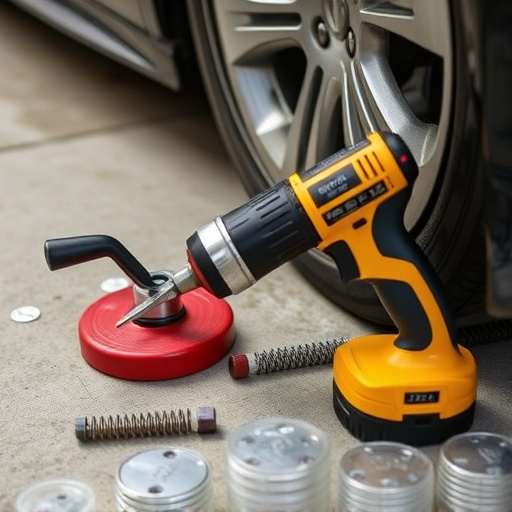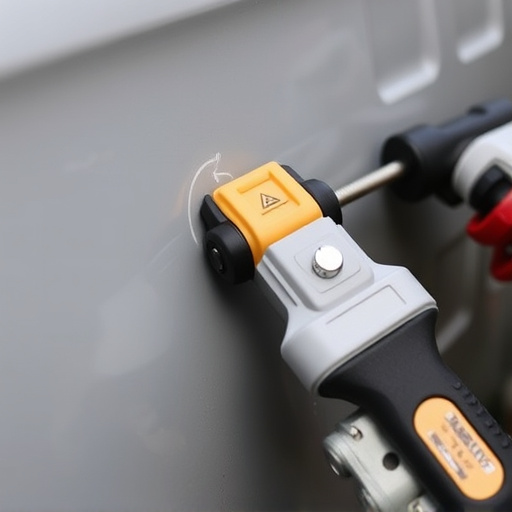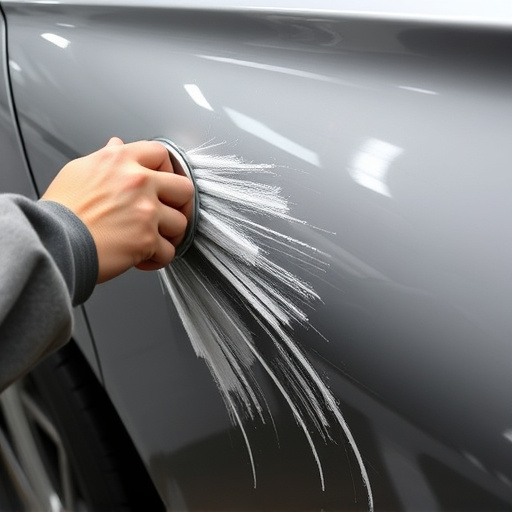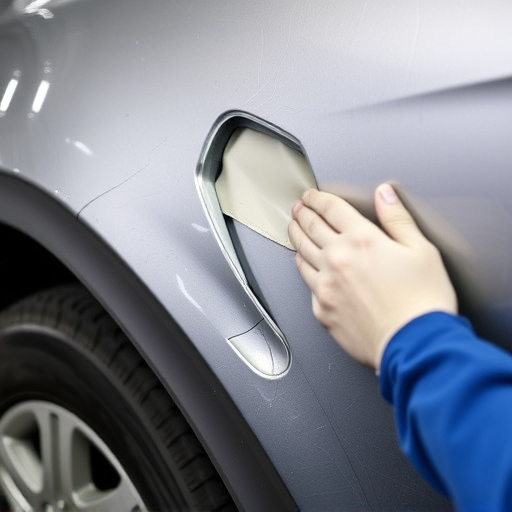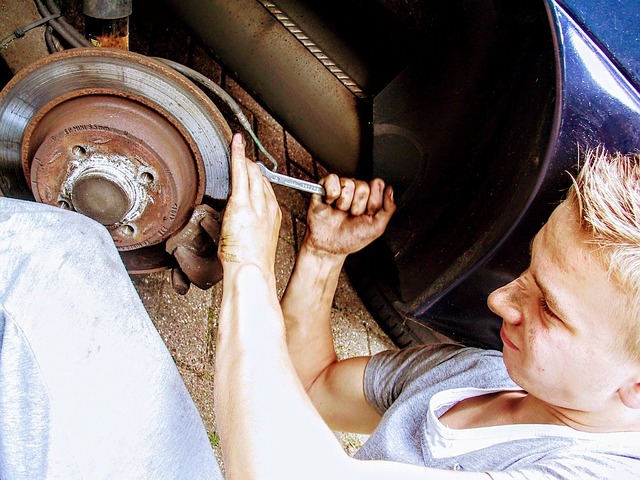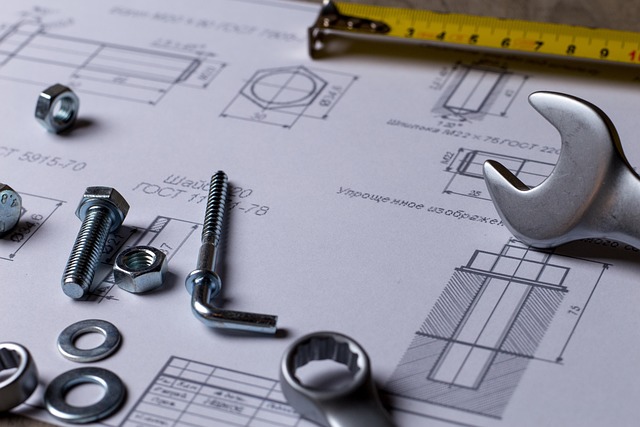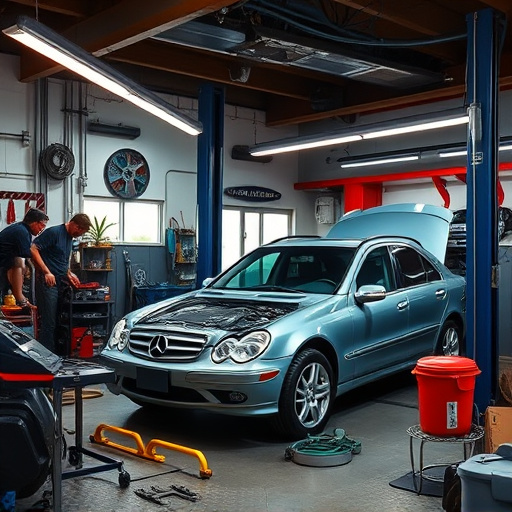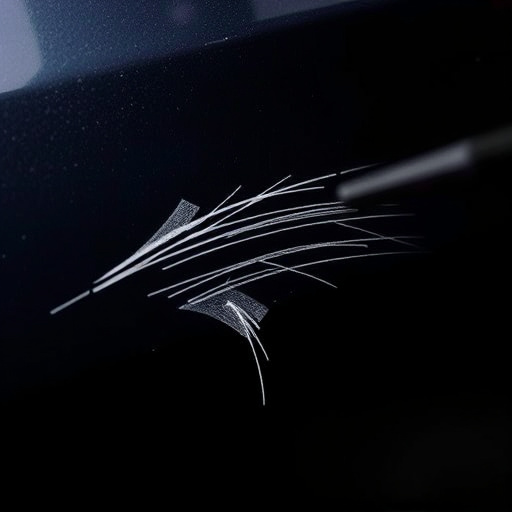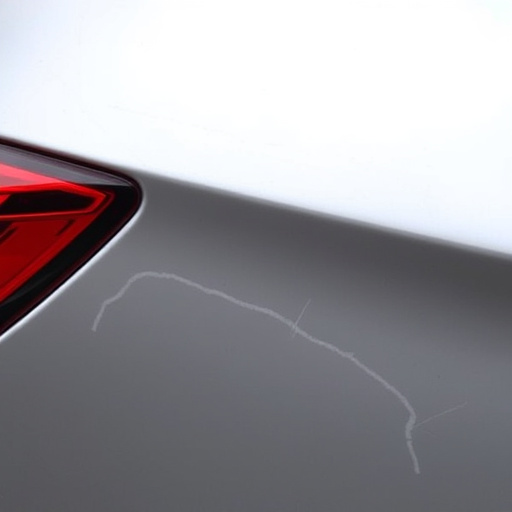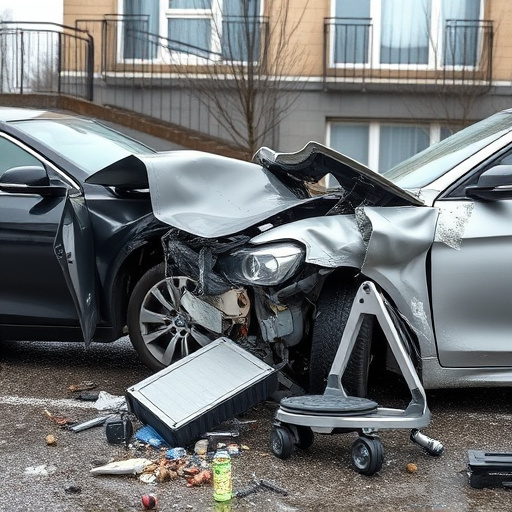After a car accident, a thorough brake system inspection is vital for safety. Professional centers use advanced tech to check pads, rotors, calipers, and hydraulic systems for internal damage. This ensures optimal braking performance, driver control, and road safety. Common issues like leaks, damaged pads, or warped rotors should be looked out for. While professional mechanics are best, being aware of key areas can help identify potential problems before repairs.
After a car accident, a thorough brake system inspection is crucial for ensuring safety on the road. This article guides you through essential checks post-collision, focusing on key components like pads, rotors, and calipers. Learn what to look out for, common issues, and safety measures to take during this critical evaluation. Understanding these aspects can help prevent future accidents and ensure a reliable braking system.
- Understanding Brake System Inspection Post-Collision
- Key Components to Assess During a Brake Check
- Safety Measures and Common Issues to Look Out For
Understanding Brake System Inspection Post-Collision
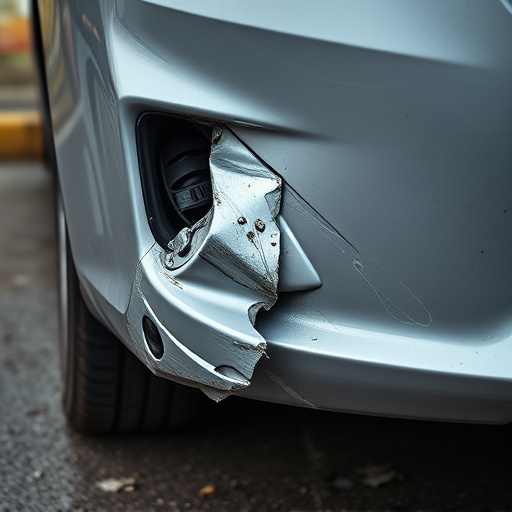
After a car accident, a thorough brake system inspection is crucial to ensure safety and prevent future incidents. The collision can cause internal damage to the brakes, which may not be immediately apparent. A professional auto body shop or Mercedes Benz repair center equipped with state-of-the-art technology will conduct a comprehensive check on various components such as brake pads, rotors, calipers, and hydraulic systems. This inspection goes beyond just visually examining the car’s exterior; it involves diagnosing any internal damage to ensure the brakes function optimally.
Understanding the intricacies of the brake system is vital in post-collision evaluations. The auto body restoration process not only fixes visible damages but also restores the efficiency of the braking mechanism, which is critical for the driver’s control and the overall safety of other vehicles on the road. A meticulous inspection helps identify worn-out parts that may require replacement to prevent compromised braking performance.
Key Components to Assess During a Brake Check
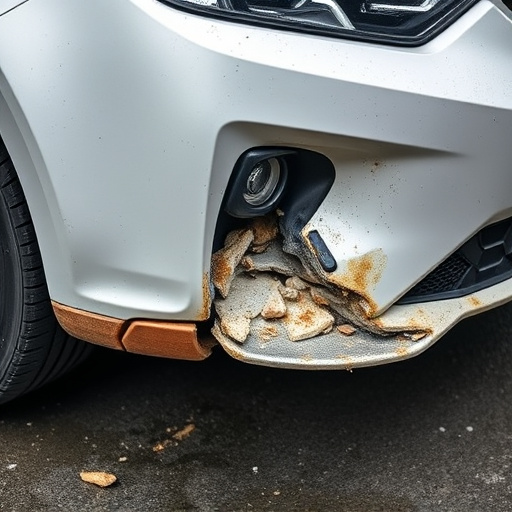
After a car accident, conducting a thorough brake check is crucial for ensuring safety and preventing future incidents. During this inspection, several key components need to be assessed to gauge the functionality and condition of your brake system. The first step involves examining the brakes’ visible signs of damage, including any dents or deformities in the brake pads and rotors. These are often the most susceptible to impact during a collision, so checking for wear and tear is essential.
Additionally, a brake system inspection should include an evaluation of the brake fluid levels and condition. Topping up or replacing old or contaminated fluid is vital for optimal braking performance. Other critical aspects include checking the integrity of the brake lines, calipers, and the overall structural stability of the entire system. Auto repair services often emphasize that timely maintenance, especially post-collision, can involve dent removal and even auto body painting to restore both aesthetics and safety in your vehicle.
Safety Measures and Common Issues to Look Out For
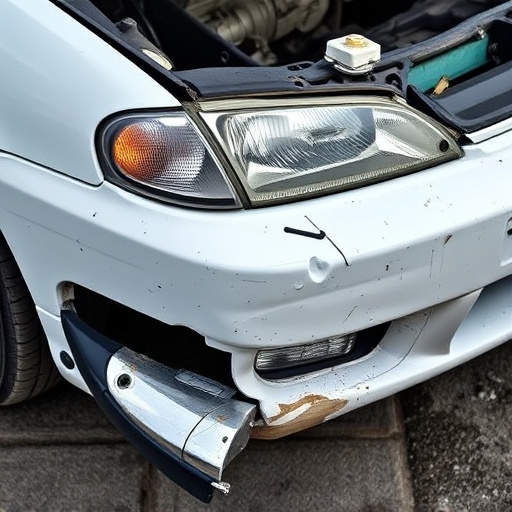
Following a car accident, conducting a thorough brake system inspection is paramount for ensuring safety on the road. During this check, pay close attention to common issues that can arise from collisions. Leaks in the hydraulic system, damaged pads, and warped rotors are all potential red flags. These components play a crucial role in stopping your vehicle effectively, so any malfunction could compromise your ability to brake safely.
Additionally, inspect the brake lines for signs of damage or wear, as well as the master cylinder reservoir for leaks or debris. While a qualified mechanic is best equipped to perform a comprehensive brake system inspection following a collision, knowing these key areas to scrutinize can help you identify potential issues and ensure your vehicle’s safety before relying on professional body shop services for repairs, including vehicle bodywork and auto painting.
Following a car accident, a thorough brake system inspection is crucial for ensuring safety on the road. By understanding key components and common issues, you can conduct essential brake checks to prevent further accidents. Remember, a meticulous evaluation of your vehicle’s braking mechanism post-collision is vital to restoring confidence in your ride’s performance.
